Spring is a great time on our farms, not least because of all the calves and lambs that are born at this time of the year.
Animals have evolved in very clever ways to make the most of the natural advantages in the world, and one of these ways is to have their offspring in springtime, when grass is starting to grow and the weather is getting warmer.
This gives the calves and lambs the best chance to survive and grow quickly and it also allows the cows and ewes to produce lots of milk from the good grass.
Many of you will have younger siblings at home and you know how much care they need. Young lambs and calves need lots of care as well. Cows and sheep (and humans) have very specialized ways of caring for calves and lambs.
Natural protection solutions
This starts long before they are born. When still inside their mother’s womb, a unique organ develops called the placenta. The placenta only exists when the mother is pregnant with her offspring and it does a number of really important things.
Firstly, it supports the unborn calf or lamb, by providing them with oxygen, food and energy, which they need to grow and prepare for the outside world.
The placenta also removes anything that might harm the calf or lamb from their system, such as the waste products that are produced when they are growing.
The placenta is like a big sleeping bag that surrounds the calf or lamb when they are inside their mother, keeping them safe and helping them grow.
Now, try to imagine when the calf or lamb is born – they have left a very safe place inside their mother, where they were warm and had all the food they needed and were protected from everything.
Now they are out in the world and need to find their own food and keep themselves warm. This is very different to when babies are born, because doctors and nurses and your parents will all help in looking after you. It’s not quite the same for calves and lambs.
Again, nature has developed a solution. Cows and sheep and many other mammals produce a special type of milk just after giving birth, called colostrum or biestings.
This milk is especially for the newborn, and it contains many different special ingredients that the newborn animal requires.
Colostrum is packed with energy and the newborn needs this to keep warm. Inside its mother, the temperature was 38°C, much hotter than the warmest summer’s day in Ireland.
But outside it can be as cold as the inside of your fridge, or even colder. So, all the fat and energy in colostrum is used as fuel to produce heat and keep the calf or lamb warm and healthy.
When the calf or lamb is born, its immune system isn’t working. The immune system is the part of the body that prevents bugs and bad bacteria from making us sick. It produces special compounds call antibodies.
Antibodies are like microscopic soldiers that attack bad bacteria entering the body and prevent the animal from getting sick. Just after birth, the lamb and calf’s own immune system won’t work for a few weeks, so they need to get antibodies from the colostrum.
Immediately after birth, the stomach and digestive system in the calf and lamb can take in these antibodies, but it loses this ability very quickly, so it’s essential that colostrum is consumed quickly after birth to ensure the lamb and calf can fight off diseases.
Colostrum also plays a role in helping the stomach and digestive system to develop. It helps these young animals to do their first poo, which is actually left over from when the calf was growing inside its mother.
Colostrum also contains hundreds of compounds called bio-actives, which help the calf’s system to develop and ensure it can grow to be a healthy animal.
So, you can see how there are many really important biological systems within our farm animals that help to keep them safe and heathy.
Read more
IFJ Junior: Do you call the mammary gland the udder or the elder?
Get milk flowing & lambs performing
Spring is a great time on our farms, not least because of all the calves and lambs that are born at this time of the year.
Animals have evolved in very clever ways to make the most of the natural advantages in the world, and one of these ways is to have their offspring in springtime, when grass is starting to grow and the weather is getting warmer.
This gives the calves and lambs the best chance to survive and grow quickly and it also allows the cows and ewes to produce lots of milk from the good grass.
Many of you will have younger siblings at home and you know how much care they need. Young lambs and calves need lots of care as well. Cows and sheep (and humans) have very specialized ways of caring for calves and lambs.
Natural protection solutions
This starts long before they are born. When still inside their mother’s womb, a unique organ develops called the placenta. The placenta only exists when the mother is pregnant with her offspring and it does a number of really important things.
Firstly, it supports the unborn calf or lamb, by providing them with oxygen, food and energy, which they need to grow and prepare for the outside world.
The placenta also removes anything that might harm the calf or lamb from their system, such as the waste products that are produced when they are growing.
The placenta is like a big sleeping bag that surrounds the calf or lamb when they are inside their mother, keeping them safe and helping them grow.
Now, try to imagine when the calf or lamb is born – they have left a very safe place inside their mother, where they were warm and had all the food they needed and were protected from everything.
Now they are out in the world and need to find their own food and keep themselves warm. This is very different to when babies are born, because doctors and nurses and your parents will all help in looking after you. It’s not quite the same for calves and lambs.
Again, nature has developed a solution. Cows and sheep and many other mammals produce a special type of milk just after giving birth, called colostrum or biestings.
This milk is especially for the newborn, and it contains many different special ingredients that the newborn animal requires.
Colostrum is packed with energy and the newborn needs this to keep warm. Inside its mother, the temperature was 38°C, much hotter than the warmest summer’s day in Ireland.
But outside it can be as cold as the inside of your fridge, or even colder. So, all the fat and energy in colostrum is used as fuel to produce heat and keep the calf or lamb warm and healthy.
When the calf or lamb is born, its immune system isn’t working. The immune system is the part of the body that prevents bugs and bad bacteria from making us sick. It produces special compounds call antibodies.
Antibodies are like microscopic soldiers that attack bad bacteria entering the body and prevent the animal from getting sick. Just after birth, the lamb and calf’s own immune system won’t work for a few weeks, so they need to get antibodies from the colostrum.
Immediately after birth, the stomach and digestive system in the calf and lamb can take in these antibodies, but it loses this ability very quickly, so it’s essential that colostrum is consumed quickly after birth to ensure the lamb and calf can fight off diseases.
Colostrum also plays a role in helping the stomach and digestive system to develop. It helps these young animals to do their first poo, which is actually left over from when the calf was growing inside its mother.
Colostrum also contains hundreds of compounds called bio-actives, which help the calf’s system to develop and ensure it can grow to be a healthy animal.
So, you can see how there are many really important biological systems within our farm animals that help to keep them safe and heathy.
Read more
IFJ Junior: Do you call the mammary gland the udder or the elder?
Get milk flowing & lambs performing




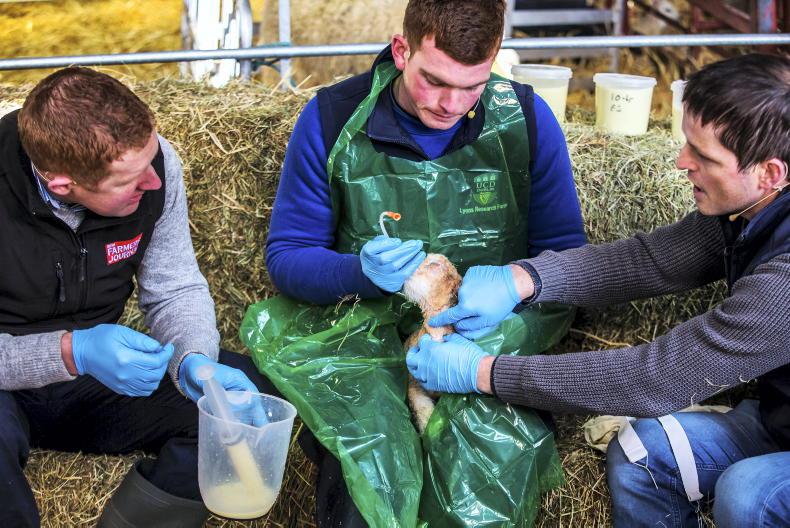
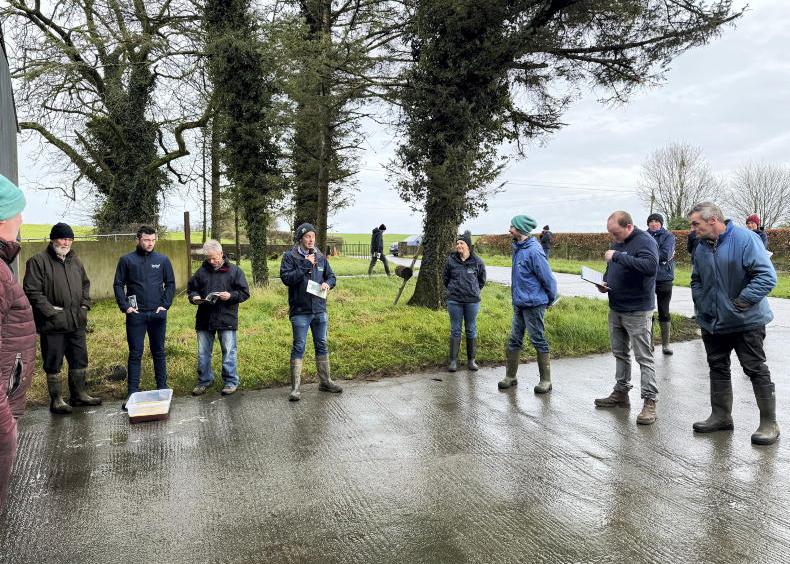

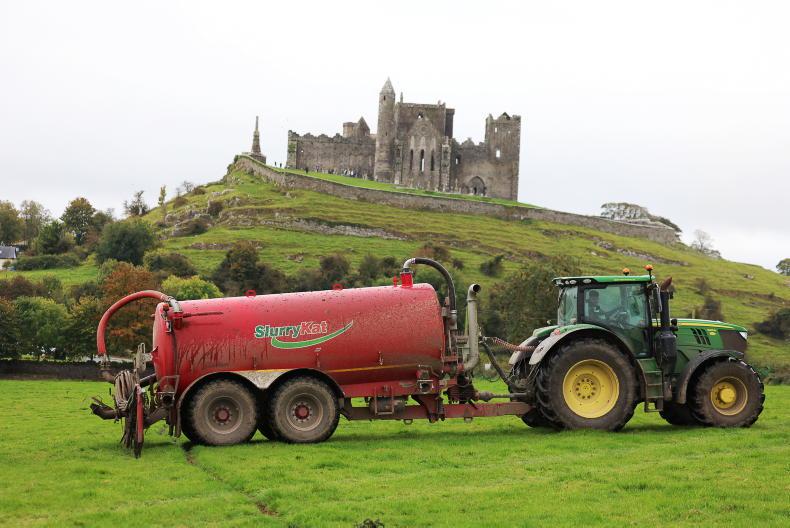
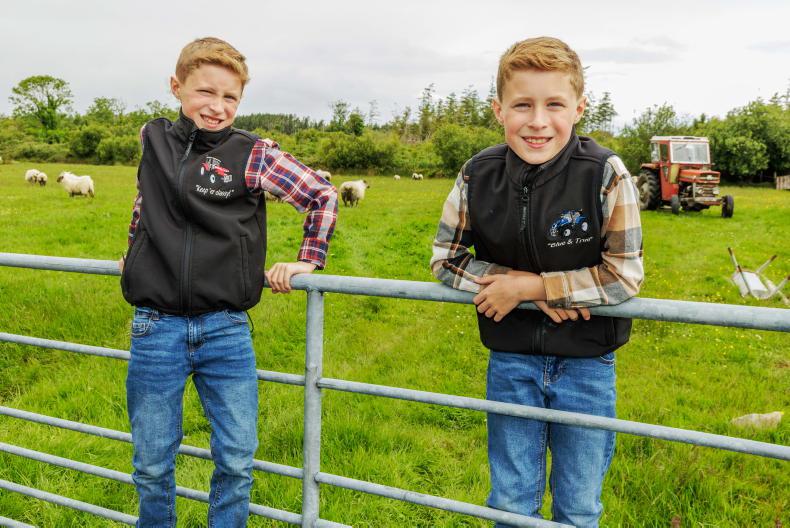
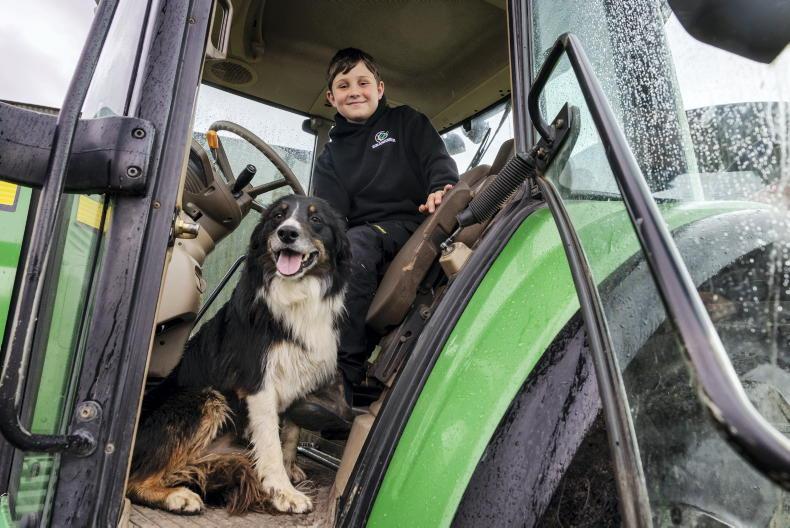
SHARING OPTIONS